Thinking you need to swap out all four brake pads because your car squeaks a little? Hold up. Plenty of drivers assume replacing all the pads is just what you’re supposed to do, but that’s not always the case. It’s more complicated than swapping all four every time you hear a weird sound or visit your mechanic.
The truth is, brake pads don’t all wear down at the same speed. Your front brakes do most of the stopping, so those pads usually wear out faster than the ones in back. If you mostly drive in the city with lots of stop-and-go traffic, you might notice your fronts going first. On the flip side, highway driving is easier on your pads all around.
- How Brake Pads Actually Wear Down
- Why Mechanics Don’t Always Change All Four
- When You Should Replace the Full Set
- How to Check Brake Pad Wear Yourself
- Money-Saving Tips for Brake Maintenance
- Red Flags You Shouldn't Ignore
How Brake Pads Actually Wear Down
Every time you hit the brakes, your brake pads squeeze against the spinning metal discs (rotors). This friction is what stops your car—and slowly eats away at the pad material. But not all pads wear out evenly. Front brake pads usually work harder than the rear ones because, when you slow down, the car’s weight shifts forward. That’s why you’ll often notice the front pads wearing out first.
Pads can also wear differently based on how you drive. City drivers who stop and start a lot wear their pads way faster than folks cruising long stretches of highway. It’s not just driving style, though. If you haul heavy loads or drive in hilly areas, your brakes will wear faster too.
Pad material matters as well. Most pads are made from one of three things: organic, semi-metallic, or ceramic. Organic pads are softer and wear faster, ceramic last longer and make less noise, and semi-metallic sit somewhere in the middle. If you’re curious about average pad lifespan, check out this table.
| Pad Type | Average Lifespan (miles) |
|---|---|
| Organic | 20,000 - 40,000 |
| Semi-metallic | 30,000 - 60,000 |
| Ceramic | 40,000 - 80,000 |
Keep in mind that the front pads usually reach these mileage numbers before the rear. You might even notice one side of the car’s pads wearing faster if there’s a stuck caliper or uneven pressure. Brake pad thickness should always be above the manufacturer’s minimum—once you get down to 3mm or less, you’re risking damage and losing stopping power.
One more thing that catches people out: weather. Wet or salty roads (think winter driving or living near the ocean) can corrode the pads and rotors, wearing them out quicker. So those "average" miles? They’re just a guideline. Real life throws in a lot of variables.
It all boils down to this—your brake pads are ground down each time you slow down or stop, and real-world factors add up. It pays to check them regularly and not just bank on what the odometer says.
Why Mechanics Don’t Always Change All Four
Here’s the deal: most cars do the heavy braking with the front wheels. It’s just the way car engineering works. When you hit the brake pedal, the weight of the car shifts forward. That means your front brake pads get more of a workout and naturally wear out faster than the rears.
So, if your mechanic tells you that only your front or rear pads need changing, they’re not trying to be cheap or lazy. They’re being practical. Replacing pads that still have plenty of life left just burns cash for no reason. Usually, you only need to switch out the set that’s actually worn down.
Want to see just how different the wear rates are? Check out some common numbers:
| Brake Pad Position | Average Lifespan (Miles) |
|---|---|
| Front Pads | 25,000 – 40,000 |
| Rear Pads | 40,000 – 60,000 |
There are other reasons, too. Sometimes, if you have a newer car with electronic brake force balance, you could see wear patterns that are more even, but that’s still not a hard rule. And if your car’s rear pads are wearing faster? You’ll want the mechanic to check for issues like stuck calipers or funky brake proportioning valves.
Here’s a quick rundown of why a mechanic might not change all four:
- The worn set (front or rear) is much thinner than the other set.
- The other set still has plenty of safe thickness left.
- Your budget matters, and no need to waste it on good pads.
- No noises or pulsing were found with the set that’s left in place.
Now, if both sets are getting thin or wearing out at the same rate, that’s when you’d change all four. But usually, you can get away with just two at a time. Ask your mechanic to show you the pads before swapping them—a good one won’t mind.
When it comes to brake pads, it always pays to know what actually needs fixing instead of just going by “what everyone does.” Ask questions, check thickness, and replace only what’s needed. That way, you spend less and stay safe on the road.
When You Should Replace the Full Set
Alright, let’s get straight to the point. Sometimes you really do need to swap out all four pads at once. This isn’t just a money grab by shops—it actually makes sense in some situations. Here’s when it’s the smartest move:
- All brake pads are close to worn out: If a quick check shows that the pads on both your front and rear wheels are thin—think 3mm thick or less—it’s safer and easier to just get them all done together.
- You feel weird braking:
- Your car pulls to one side when stopping
- You get strange noises (squealing, grinding) from more than one wheel
- Your brake pedal feels soft or uneven
- You just bought a used car and have no clue about its last brake job
- It’s been 40,000 miles or more since ANY pads were changed
Keeps things simple—replace them all, and you’ll know that every corner of your car is set for a while.
Some folks worry about wasting money, but if your pads are in sync with wear, this can actually save you a trip to the mechanic in a couple months. Plus, mixing new and old pads on the same axle can give you uneven braking. Here’s a quick table that shows average brake pad lifespan in miles for different setups:
| Brake Pad Type | Front Pads (miles) | Rear Pads (miles) |
|---|---|---|
| Semi-metallic | 20,000–35,000 | 30,000–50,000 |
| Ceramic | 40,000–75,000 | 45,000–80,000 |
If you drive in harsher conditions (hills, hauling, towing), drop those numbers. By doing the full set, you get even, reliable stops and usually less noise.
Bottom line: If the brakes are all wearing down, or you don’t want to chase that squeak around your car for the next six months, replacing the full set is the way to go.

How to Check Brake Pad Wear Yourself
If you want to save money or just like knowing what’s going on with your car, checking your brake pads is pretty simple. You don’t need to be a gearhead to spot problems early. Let’s keep it straightforward and practical.
First, grab a flashlight and park your car on a flat surface with the engine off and the parking brake set. Depending on your wheels, you might be able to see the brake pads by just looking through the spokes. If not, you’ll need to pull off the wheels. Don’t worry, it’s just a matter of loosening the lug nuts with a wrench and taking the wheel off once the car is jacked up and secure.
- Visual thickness check: Find the brake pad by looking at the brake caliper, which clamps onto the big metal brake disc. The pad sits between the caliper and the disc. If the pad thickness is less than 1/4 inch (about 6mm), it’s time to think about replacing it. Manufacturers typically recommend swapping pads between 3mm and 4mm of remaining material.
- Listen for sounds: Hear a metal squeal when you press the brakes? Most pads have a little metal wear indicator that squeals when it’s almost worn out. If you hear grinding, that’s worse—your pad might be completely worn through, grinding metal on metal.
- Feel for vibrations: If you press the brake and feel pulsing or grinding in the pedal, the pads might be uneven or completely shot.
Here’s a quick look at when you should act, based on what you see and hear:
| Pad Thickness | Action |
|---|---|
| 6mm or more | All good |
| 4–5mm | Keep an eye out, plan to replace soon |
| 3mm or less | Replace ASAP |
| Hear squealing | Check pads immediately |
| Grinding noise | Stop driving and get new pads |
Not sure what you’re looking at? Snap a photo with your phone and show a mechanic, or hit up a car forum. It’s a lot easier to avoid a big brake repair bill if you catch worn pads before they start tearing up your rotors. Almost a third of drivers who ignore brake squeaks end up needing new rotors—a much pricier job than basic pads.
Money-Saving Tips for Brake Maintenance
If you’re not careful, brake repairs can hit your wallet hard. The good news is, keeping your brake pads in good shape doesn’t have to break the bank. There are a bunch of practical moves you can make to spend less and keep your brakes safe.
- Don’t replace pads before you need to: Pads wear at different rates. Only change the ones that are actually worn out. Your owner’s manual usually has a thickness minimum. If you’re above it, you can wait.
- Go for regular inspections: Checking your pads every 10,000-15,000 miles helps you avoid surprise costs. Some shops do inspections free if you’re already in for an oil change.
- Use quality parts, but not top-shelf pricey ones: Cheap pads can wear super fast and squeak, but you don’t need racing-grade pads for a daily driver. Shop around and read reviews for solid mid-range options.
- Fix small issues early: A grinding noise now costs less than new rotors later. If something feels off, get it checked before it turns into a bigger bill.
- DIY inspection is doable: You can peek at your pads through the wheel spokes. If less than a quarter-inch of pad is left, you’re due. This quick glance can help you plan ahead instead of getting caught off guard.
- Avoid hard braking: Habits like riding your brakes or heavy city traffic wear them out faster. Give your brakes space and time to do their job and you’ll make your pads last longer.
Curious about how often pads actually last? Most fall in the range of 30,000 to 70,000 miles, but your driving makes a big difference. Here’s a quick look:
| Driving Style | Average Pad Lifespan (miles) |
|---|---|
| City, stop-and-go | 30,000 - 40,000 |
| Highway, mostly cruising | 60,000 - 70,000 |
If you stick with basic maintenance and don’t rush into unnecessary repairs, you’ll keep your brakes safe and your budget happy.
Red Flags You Shouldn't Ignore
Your car always drops hints when something’s off with your brake pads—it’s just a matter of paying attention. Ignoring these warning signs isn’t just bad money-wise; it’s flat-out dangerous. Here are the biggest red flags that mean it’s time to check or replace your brake pads right away.
- Squealing or Screeching Sounds: That high-pitched noise isn’t just annoying—it’s a built-in alarm. Most brake pads have little wear indicators that squeal when the pad is getting too thin.
- Grinding Noise: Hear grinding when you brake? By now, your pads are probably toast and you might be chewing up your rotors. This means a much bigger repair bill.
- Poor Stopping Power: If your car needs more distance to stop, don’t just write it off as bad luck or weather. Worn pads are often to blame.
- Pulsating or Vibrating Pedal: This usually means the brakes are worn unevenly or the rotors got warped. Either way, get it checked out before it gets worse.
- Pad Thickness: Pads thinner than a pencil (about 3mm) should go, no questions asked. You can spot this through many wheels without even taking off the tire.
- Warning Lights: Some newer cars have dashboard lights for low brake pads. Don’t ignore these—they’re there for a reason.
If you want to see how much risk you’re taking, check out this quick table with the average stopping distances for new pads versus worn-out ones:
| Pad Condition | Average Stopping Distance from 60 mph |
|---|---|
| New Pads | 120 feet |
| Worn Pads (under 3mm) | 180 feet |
That’s an extra 60 feet—imagine a whole city bus—in a panic stop. If you notice any of these issues, don’t roll the dice. Get those brakes checked or replaced. Putting it off isn’t just risking your wallet; it’s risking everyone on the road.



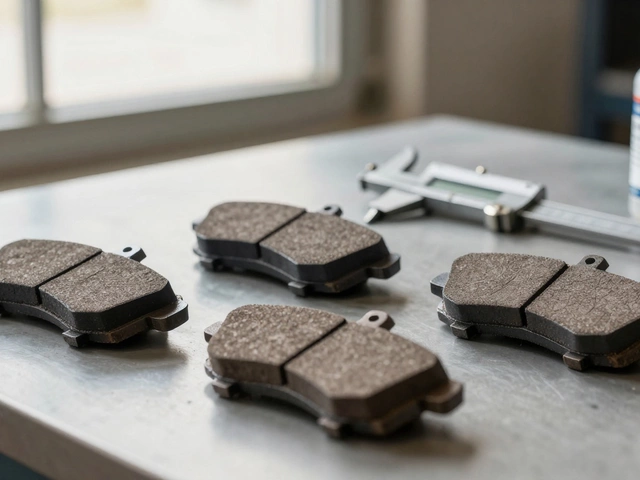

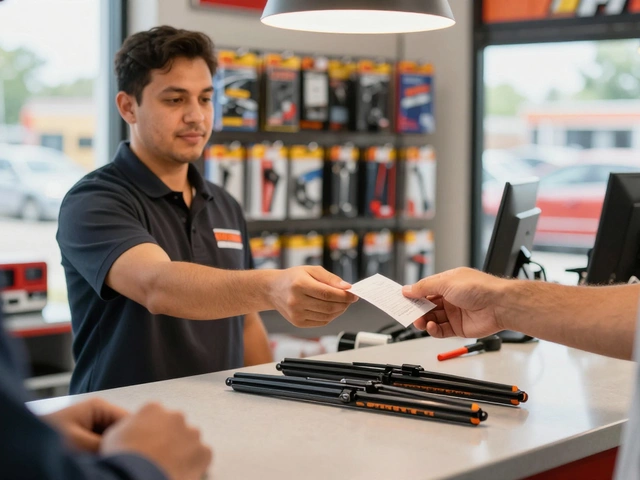
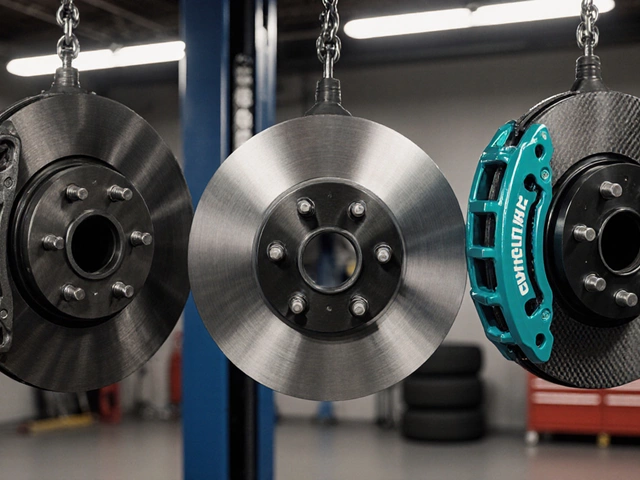
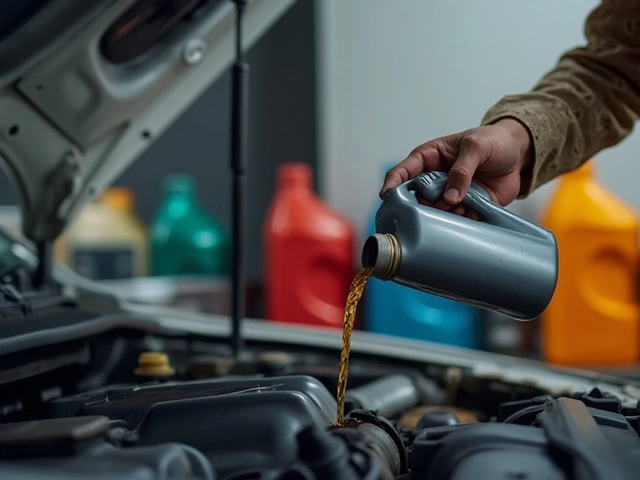
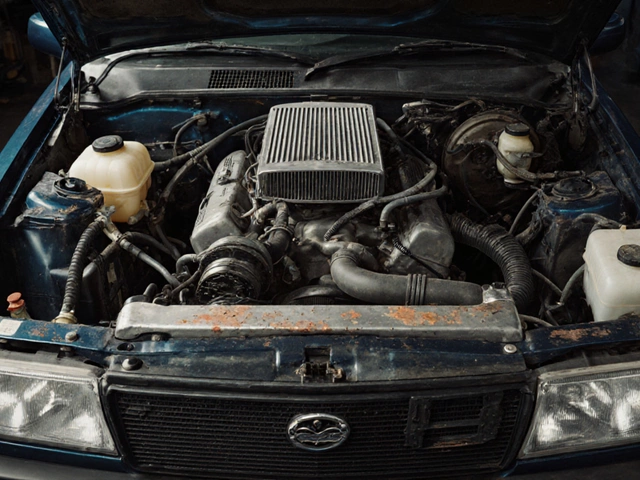
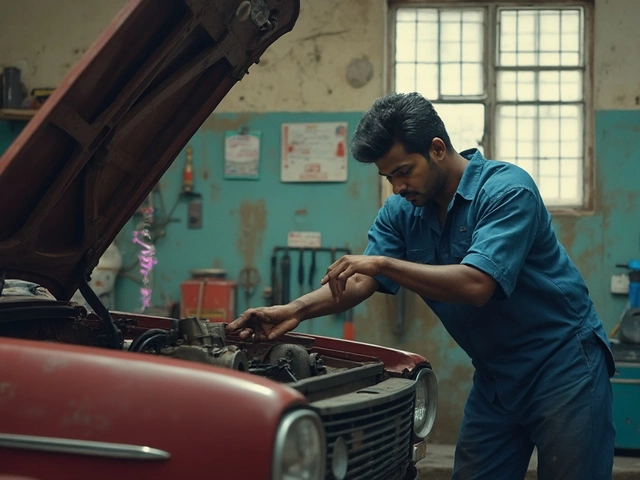

Write a comment